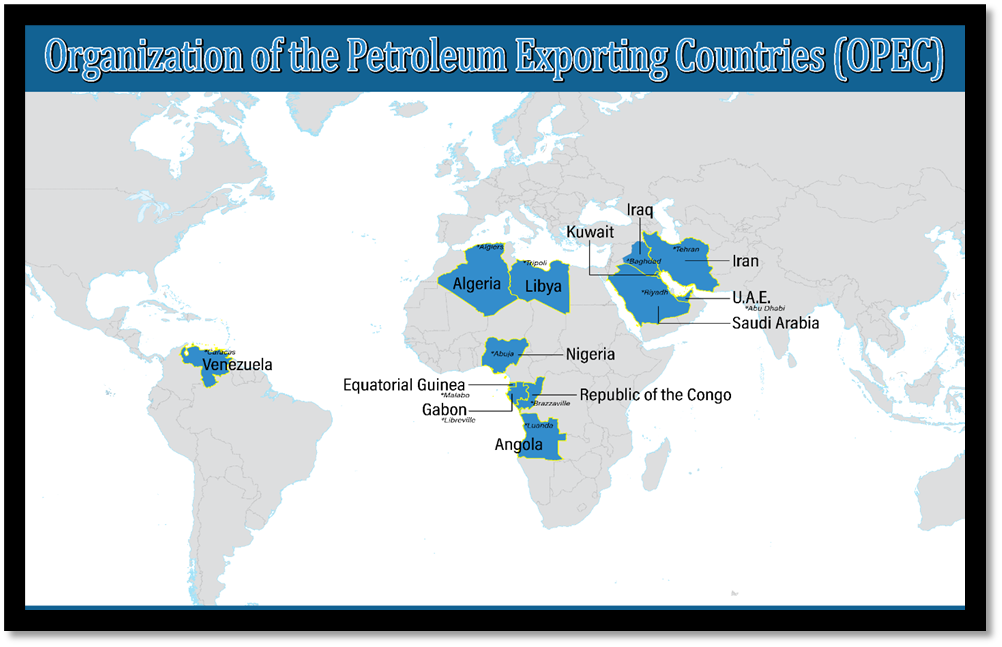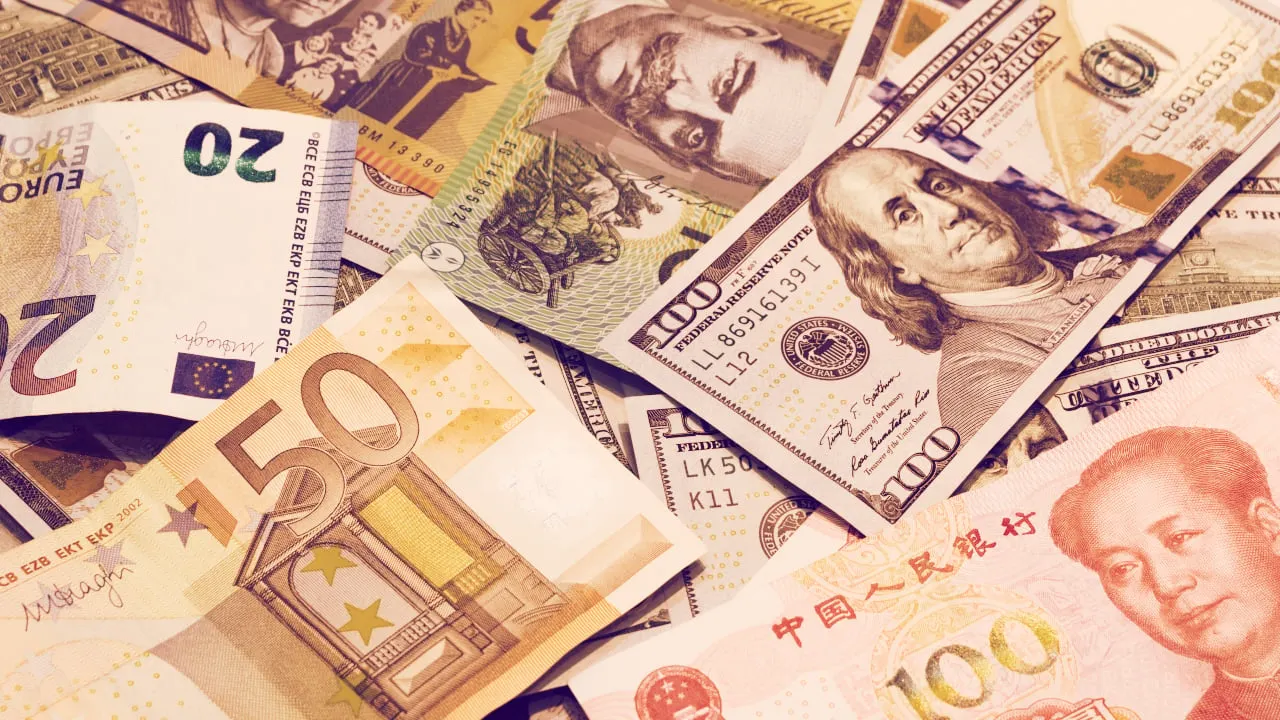- Courses
- GS Full Course 1 Year
- GS Full Course 2 Year
- GS Full Course 3 Year
- GS Full Course Till Selection
- Answer Alpha: Mains 2025 Mentorship
- MEP (Mains Enrichment Programme) Data, Facts
- Essay Target – 150+ Marks
- Online Program
- GS Recorded Course
- Polity
- Geography
- Economy
- Ancient, Medieval and Art & Culture AMAC
- Modern India, Post Independence & World History
- Environment
- Governance
- Science & Technology
- International Relations and Internal Security
- Disaster Management
- Ethics
- NCERT Current Affairs
- Indian Society and Social Issue
- NCERT- Science and Technology
- NCERT - Geography
- NCERT - Ancient History
- NCERT- World History
- NCERT Modern History
- CSAT
- 5 LAYERED ARJUNA Mentorship
- Public Administration Optional
- ABOUT US
- OUR TOPPERS
- TEST SERIES
- FREE STUDY MATERIAL
- VIDEOS
- CONTACT US
6th India-OPEC Energy Dialogue
6th India-OPEC Energy Dialogue
16-11-2023

Context
On 9 November, 2023 6th High-Level Meeting of the India-Organization of the Petroleum Exporting Countries (OPEC) Energy Dialogue held at Vienna, Austria.
Key Highlights of Dialogue
- The Meeting focused on key issues related to oil and energy markets with a specific emphasis on ensuring 3A (Availability, Affordability and Sustainability), which are necessary to ensure the stability of energy markets.
- The meeting concluded with both parties underscoring the importance of fostering enhanced cooperation between OPEC and India moving forward.
- World Oil Outlook 2023, which forecasted that India would be the fastest-growing major developing economy, averaging long-term growth of 6.1% between 2022-2045 and accounting for over 28% of incremental global energy demand during the same period.
- Both sides have recognized the importance of India as the third-largest energy consumer, crude oil importer and the fourth-largest global refiner, in global economic growth and energy demand.
- The meeting also acknowledged the achievements and initiatives of India in the fields of renewable energy, energy efficiency, hydrogen economy, and climate change mitigation.
- It was agreed to hold the next High-Level Meeting of the India-OPEC Energy Dialogue in 2024 in India.
Organization of the Petroleum Exporting Countries (OPEC)
- It is a permanent, intergovernmental Organization, created at the Baghdad Conference in 1960, by Iran, Iraq, Kuwait, Saudi Arabia and Venezuela.
- It is headquartered in Vienna, Austria.
- Objective is to coordinate and unify petroleum policies among Member Countries, to secure fair and stable prices for petroleum producers; an efficient, economic and regular supply of petroleum to consuming nations; and a fair return on capital to those investing in the industry.
- Algeria, Angola, Congo, Equatorial Guinea, Gabon, Iran, Iraq, Kuwait, Libya, Nigeria, Saudi Arabia, United Arab Emirates and Venezuela.
- OPEC nations produce about 30% of the world's crude oil.
- Saudi Arabia is the biggest single oil supplier within the group, producing more than 10 million barrels a day.

Reports and Outlooks of OPEC:
- Monthly Oil Market Report, Annual Statistical Bulletin and the World Oil Outlook.
- OPEC+: -
- In 2016, largely in response to falling oil prices driven by significant increases in U.S. shale oil output, OPEC signed an agreement with 10 other oil-producing countries to create what is now known as OPEC+.
- OPEC+ now includes the 13 OPEC member countries along with Azerbaijan, Bahrain, Brunei, Kazakhstan, Malaysia, Mexico, Oman, Russia, South Sudan, and Sudan.
- OPEC+ countries produce about 40% of all the world's crude oil.




